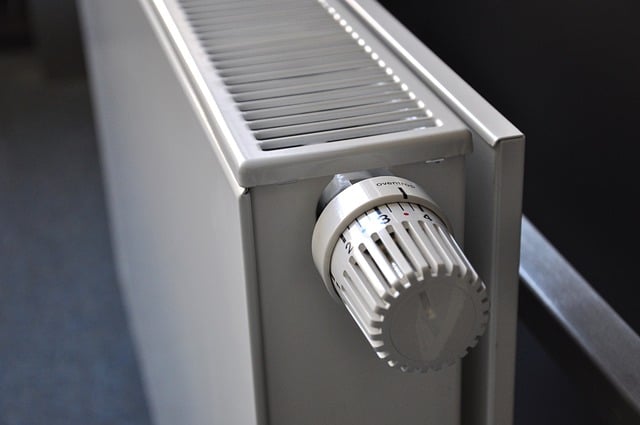The humble radiator, often seen merely as a functional device for heating spaces, has undergone a remarkable transformation over the years. Far from its utilitarian roots, the modern radiator has evolved into an element of architectural and design significance. This evolution reflects not only advancements in technology but also shifts in aesthetic preferences and architectural trends. This blog post delves into the fascinating journey of radiators from mere heat emitters to integral components of interior design and architecture.

The Beginnings of Radiator Design
The inception of radiators dates back to the 19th century, rooted in the need for efficient indoor heating mechanisms. Initially, these were bulky, cast-iron objects that were more about function than form. However, even in these early stages, the potential for radiators to influence room design and aesthetics was recognized.
Art Deco and the Radiator Renaissance
The Art Deco movement of the early 20th century marked a significant turning point for radiator design. Architects and designers began to see these heating devices as more than just functional objects; they saw potential for artistic expression. Radiators of this era featured geometric patterns, sleek lines, and were often made with polished metals, integrating seamlessly with the luxurious and bold aesthetics of the time.
Mid-Century Modernism and Minimalism
The mid-20th century brought about a shift towards minimalism and efficiency in architecture and design. Radiators were no exception. The bulky and ornate designs of the past gave way to simpler, more streamlined forms. This era prioritized space-saving and unobtrusive designs, reflecting the modernist mantra of “form follows function.”
The Contemporary Era: Efficiency Meets Aesthetics
Today, the evolution of radiators continues, driven by advancements in technology and changing interior design trends. Modern radiators are not only efficient but also versatile in design, capable of complementing any interior style. From sleek, flat-panel designs that blend into walls to bold, sculptural pieces that serve as focal points, contemporary radiators offer both warmth and style.
Radiators as Architectural Elements
In contemporary architecture, radiators have transcended their functional role, becoming integral to the design narrative of a space. Designers now consider the form, colour, and placement of radiators as key elements in interior design schemes. High-end materials, such as glass and stone, are being used to craft radiators that are as much works of art as they are heating units.
The Green Evolution: Sustainability in Radiator Design
Sustainability has become a driving force in all areas of design, including radiators. The latest designs incorporate eco-friendly materials and technology, aiming to reduce energy consumption while maximizing heat output. This green evolution represents not only a technical advancement but also a shift in the ethos surrounding radiator design, aligning with broader environmental and sustainability goals.
Conclusion
The architectural evolution of radiators from basic heat emitters to sophisticated design elements reflects broader trends in technology, aesthetics, and sustainability. As we continue to reimagine the spaces we live and work in, the role of the radiator as a pivotal architectural element is undeniable. Today’s radiators offer a synergy of form and function, providing warmth while contributing to the visual and environmental harmony of our spaces. This journey from the utilitarian to the artistic underscores the dynamic relationship between technology and design, a relationship that continues to shape our built environment in exciting and innovative ways.
